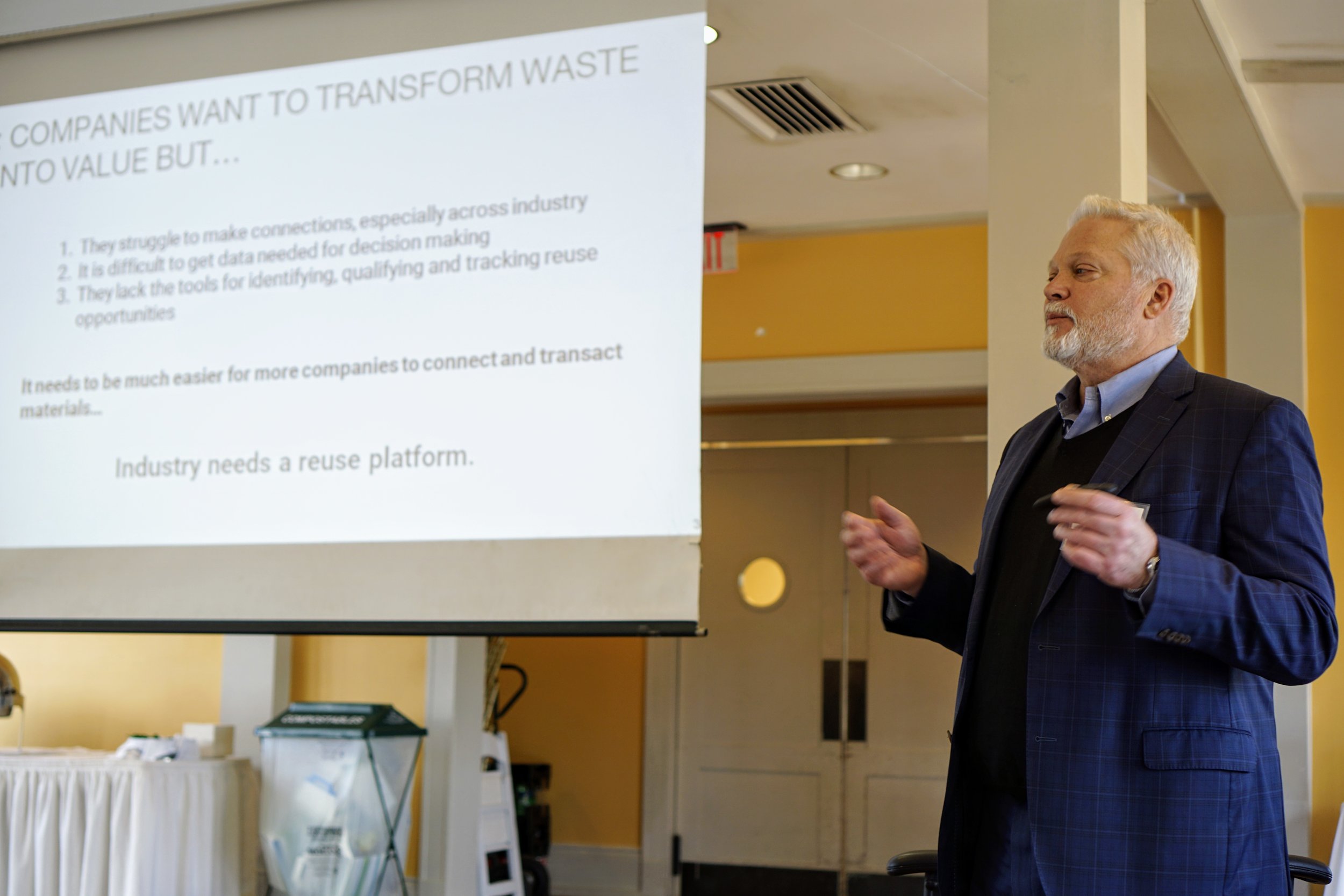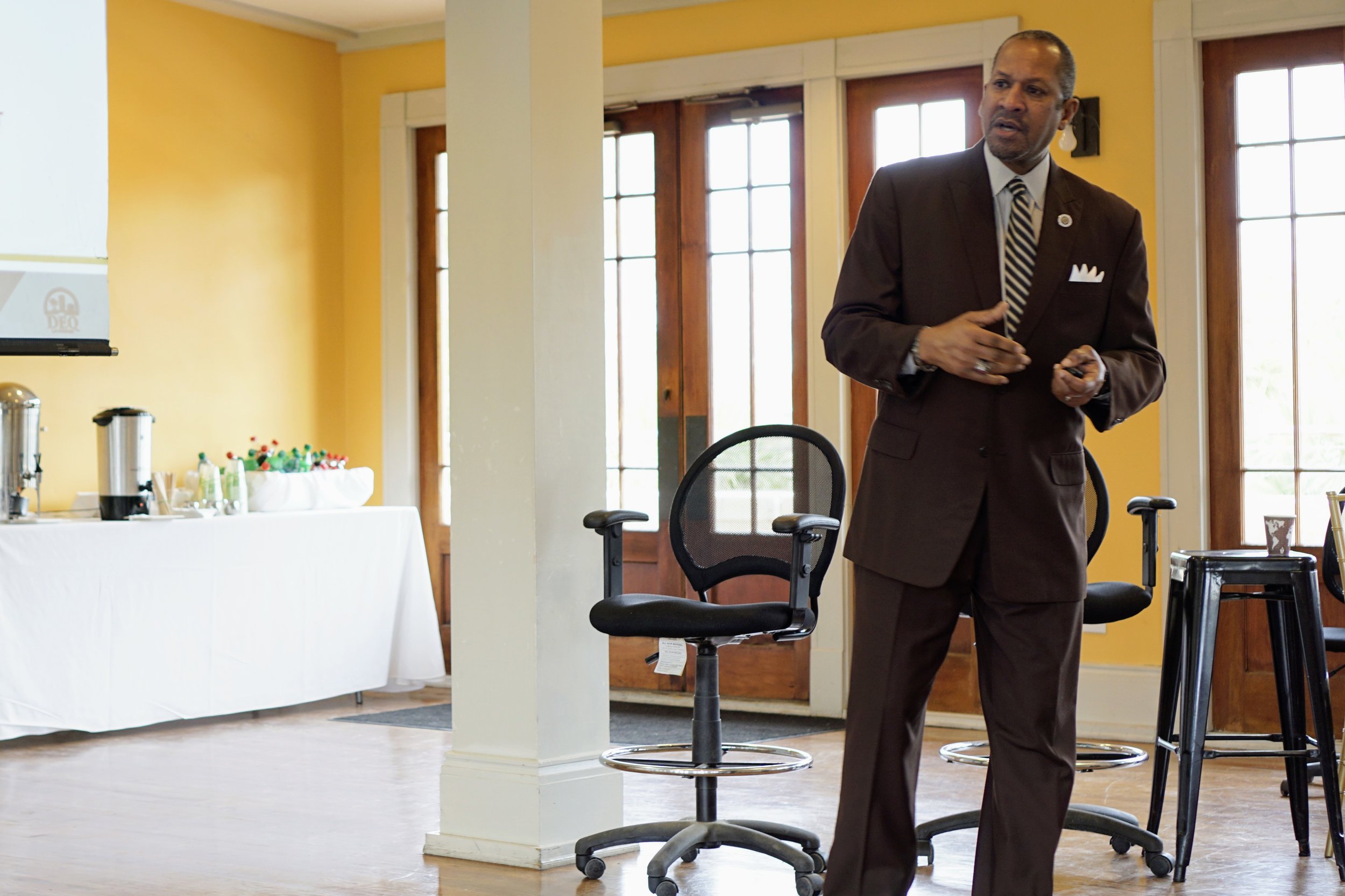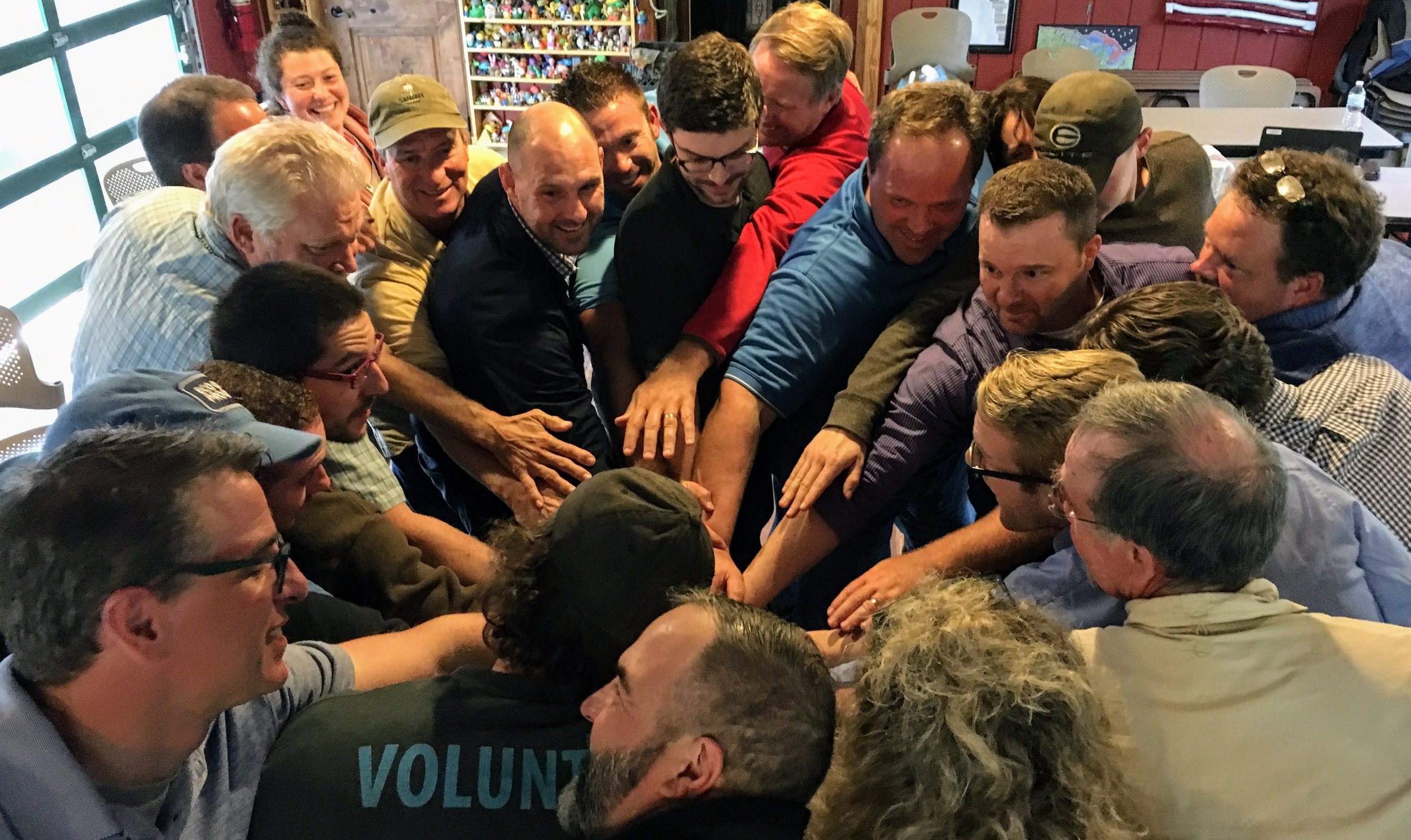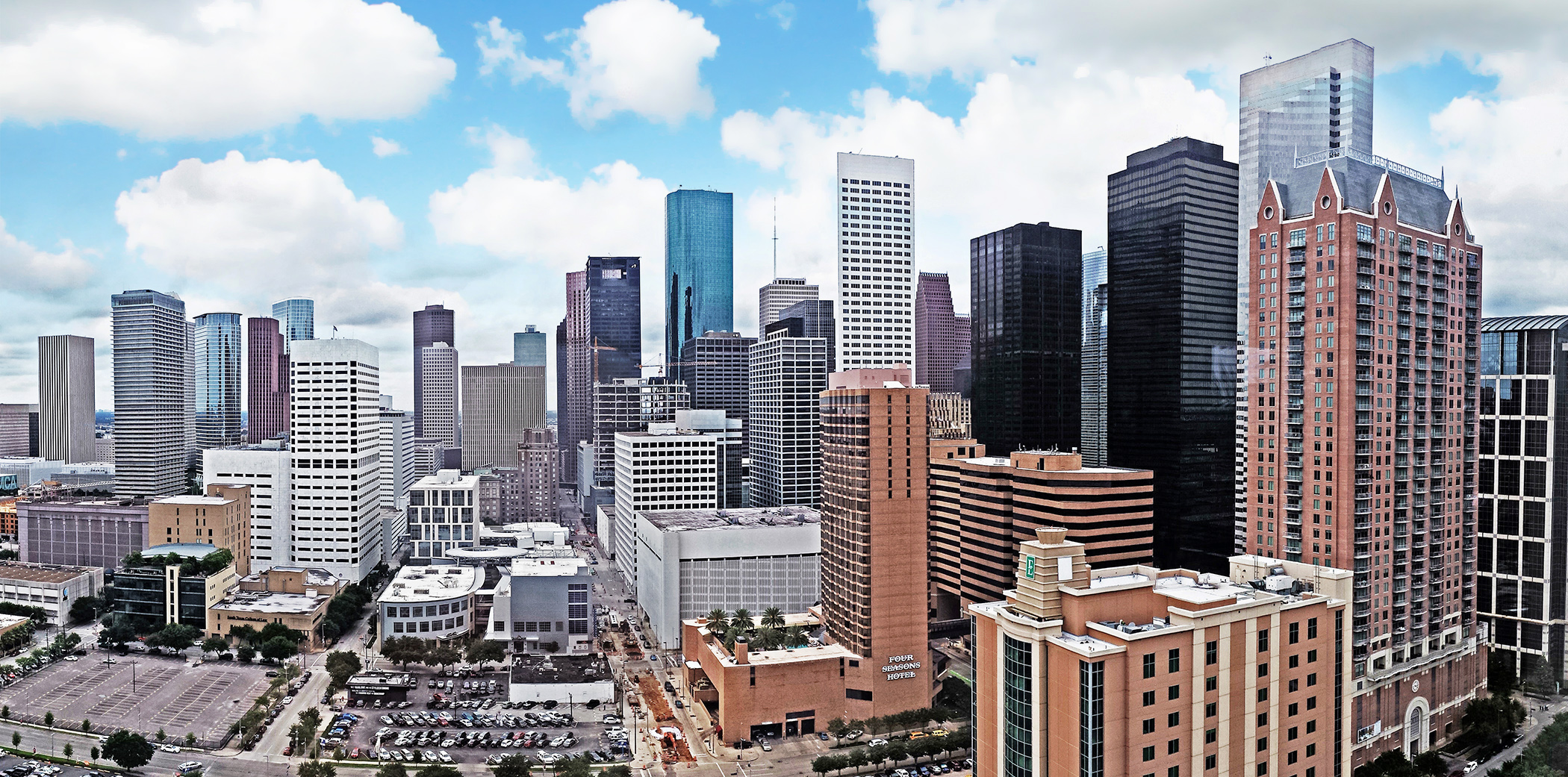Fine Tune joins the United States Business Council for Sustainable Development to work with leading US companies on acceleration of sustainable solutions to ecosystems, carbon, circular economy and water challenges
AUSTIN, TX. – April 7, 2021 – Fine Tune, a provider of indirect expense management services, has joined the US Business Council for Sustainable Development (US BCSD), an action-oriented and member-led nonprofit business association, founded in 1992 to give leading US businesses a platform to work together to design, implement and scale sustainability solutions. US BCSD-led platforms, projects and partnerships help leading companies scale solutions to ecosystems, climate, circular economy and water challenges.
Delivering hard-dollar savings, Fine Tune manages clients’ complex tail spend expense categories – including waste and recycling, uniform rental, facility services, security services, and pest control – throughout their full contract life cycle from sourcing to negotiating to auditing and service issue resolution. Sustainability and supply are inevitably intertwined, and Fine Tune is thus leading the charge to integrate the two from an expense management perspective, providing solutions that not only advance clients’ sustainability efforts but improve bottom lines as well.
As a US BCSD member, Fine Tune will work with other US BCSD member companies and partners on a variety of cross-industry sustainability initiatives, using the US BCSD’s proven methodology for translating business goals into actionable projects and programs. This includes active engagement in the US BCSD’s Materials Marketplace program, a US-wide program to develop and scale new reuse and recycling market opportunities. To date, the Materials Marketplace has helped companies divert over 14 million pounds of material to higher and better use, creating over $1.4 million in estimated economic value.
Engaging in US BCSD’s Materials Marketplace program will provide Fine Tune with opportunities to better understand the sustainability needs of clients, learn of sustainability and circularity solutions for recommendation to clients, and ultimately bridge the gap between end-product “waste” and reuse ROI.
“Membership in the US BCSD opens up access to an influential, collaborative and diverse network of business-sustainability practitioners and subject matter experts around the US,” says Andrew Mangan, Executive Director of the US BCSD. “Fine Tune is uniquely positioned to work with other US BCSD members in our facilitated, neutral setting on joint projects that capitalize on opportunities and address pressing sustainability challenges.”
“It is clear in every way that it is no longer acceptable for sustainability and circularity to simply ‘sit’ as concepts at the forefront of businesses’ ambitions,” says Chad Roeder, Director of Waste and Recycling Services for Fine Tune. “Rather, it is paramount that real-world actions with tangible results be implemented. US BCSD is a leader in facilitating sustainable solutions by and between businesses, and Fine Tune’s membership will enhance our ability to serve clients through an active participation in the Materials Marketplace, with an end result of addressing clients’ circularity goals while increasing their bottom lines.”
About Fine Tune
Headquartered in Chicago, Illinois, Fine Tune partners with companies to source, negotiate, manage and audit certain complex indirect expense programs. Led by executive-level industry insiders, Fine Tune has also developed proprietary auditing software which monitors client invoices to ensure adherence with the implemented agreements. Several of the world’s most recognizable brands have chosen Fine Tune, including Cargill, Pep Boys, Siemens, Advance Auto Parts, Caterpillar, and MilliporeSigma. For more information, visit www.FineTuneUS.com/sustainability.
About the US Business Council for Sustainable Development
The US BCSD is an action-oriented and member-led nonprofit business association, founded in 1992 to give leading US businesses a platform to mobilize boots on the ground and work together to design, implement and scale sustainability solutions. Business-led platforms, projects and partnerships are helping leading companies scale solutions to ecosystems, cities, circular economy and water challenges. Since 2014, the US BCSD’s Circular Economy platform has led development of the Materials Marketplace - an award-winning regional and national platform that connects businesses to develop and scale new reuse and recycling market opportunities. Manufacturers are using the Marketplace to source materials and find new solutions for challenging wastes and by-products, recycling companies are uncovering new customers and end-markets, and entrepreneurs are using the program as an innovation platform to build new reuse and recycling businesses. Learn more at https://usbcsd.org.





























